Tips to Make Employee Self-Evaluations an Effective Part of Your Performance Reviews
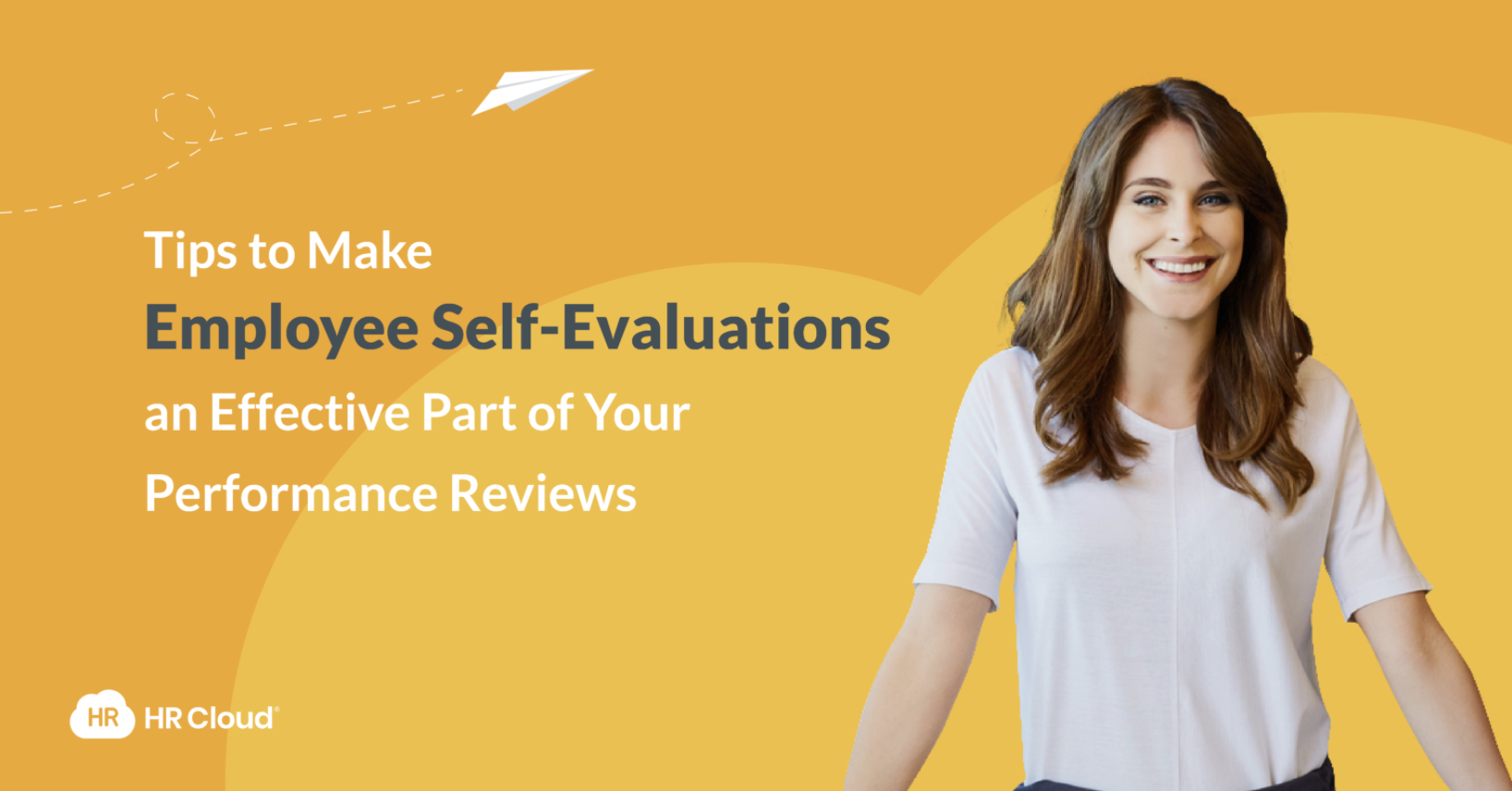
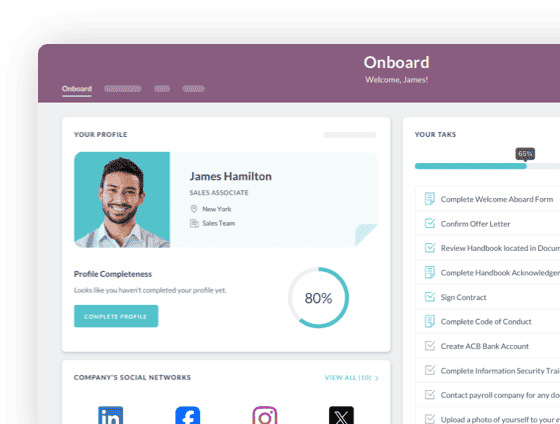
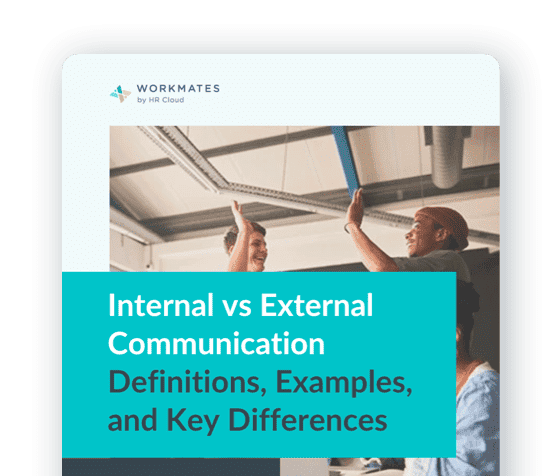
 Cut onboarding time
by 60%—here's the
Ultimate Checklist
that helped do it.
Cut onboarding time
by 60%—here's the
Ultimate Checklist
that helped do it.
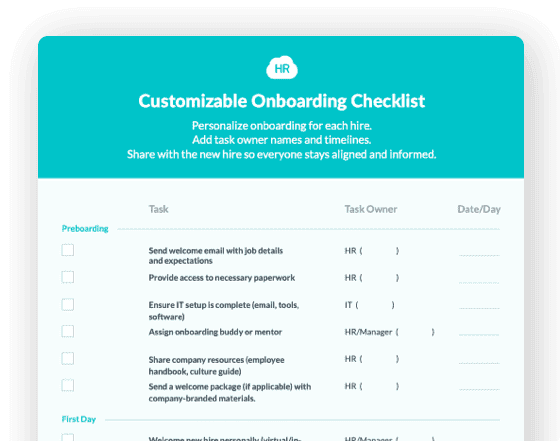
In this article, we wanted to take a closer look at one important (but often overlooked) part of the performance appraisal process: the employee self-evaluation. By incorporating self-evaluations into your performance management process, you can create better employee performance reviews that foster employee engagement and drive professional development.
What is the Employee Self-Evaluation and Why is it Important?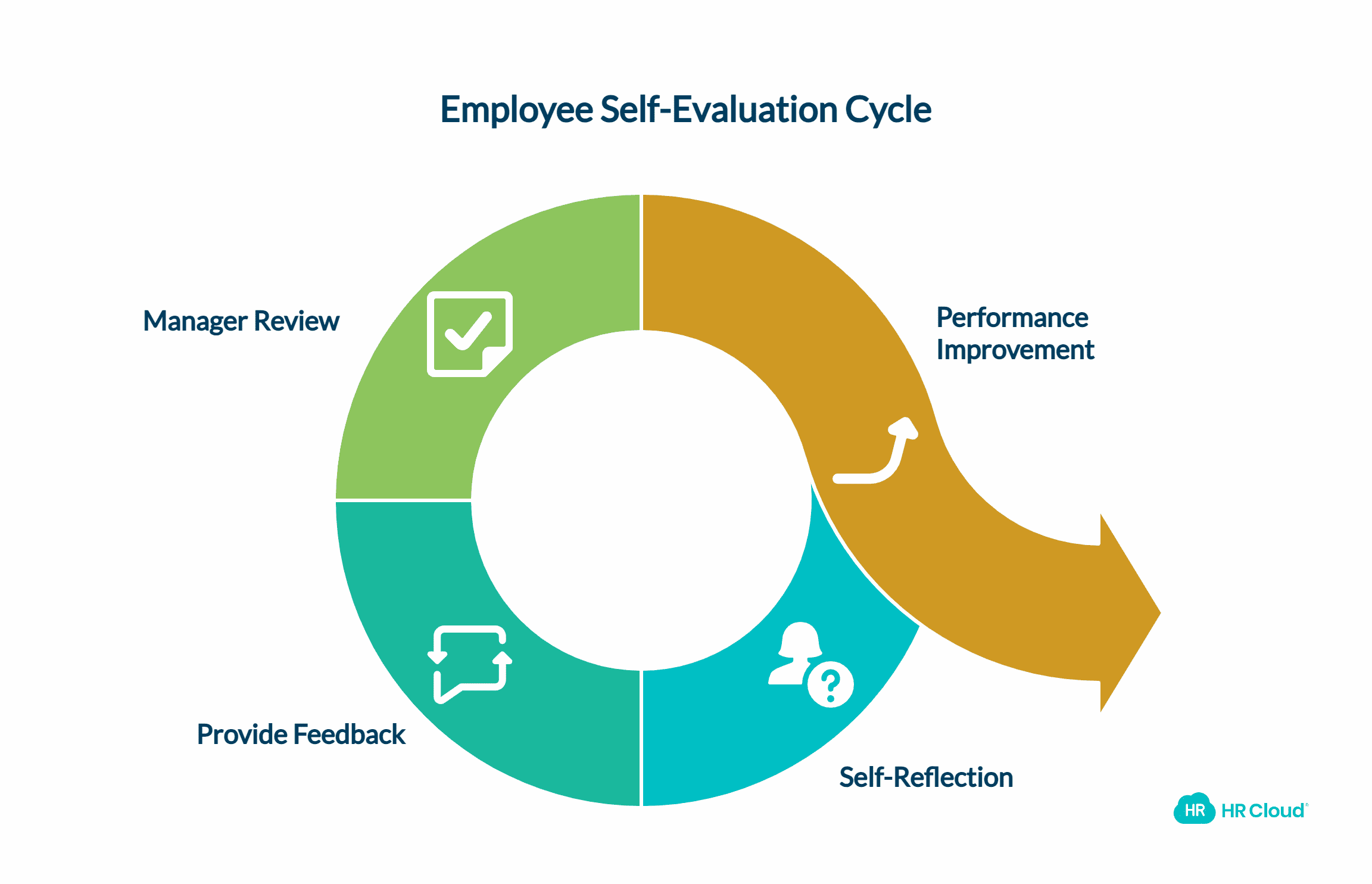
While the name alone may make it seem self-explanatory, the employee self-evaluation is an important step to ensure each employee thoroughly evaluates their performance and is well-prepared for the performance review itself.
The self-evaluation process serves as a crucial framework in helping each worker think through their overall employee performance and engage in meaningful self-reflection.
For example, by asking employees to answer common questions, managers and HR will receive consistent assessments that include areas where employees think they can improve, feedback on achievements, and many other important insights.
This becomes important because, without the employee self-assessment, it’s possible that this information may have come as a surprise to those conducting the performance evaluation, or it may also present information in a valuable new light that can contribute to improving future processes or outcomes.
What is the Purpose of an Employee Self-Evaluation?
The main point of the employee self-evaluation is that it seeks to expand the amount of information covered in a traditional performance appraisal by considering the employee's point of view. This can be an extremely valuable way to give managers insights into details they might not have known before, or gain visibility into a project or employee achievement that they may not have considered as important (as the employee does).
Employee self-assessments also give you a great way to collect direct feedback from workers. This can include their point of view on specific performance goals, milestones, challenges, successes, and much more. HR can also ask for peer feedback or even feedback on the manager themselves as part of a 360-degree performance review.
Not only is this important to get more information, but you will also get employees to be more involved in the performance management process. Engaging employees and sending the message that you value their feedback is an important part of the process and will help employees feel that the feedback process is fair and equitable by including their responses.
What Should an Employee Self-Evaluation Include?
While there are no hard-and-fast rules, and it’s inevitable that employee self-evaluations will vary from company to company, there are many best practices to consider. For example, think about including the following categories in your employee self-assessments:
-
Key highlights from the past year (or review period), including specific accomplishments, milestones, project successes, and more. Ideally, this should also include clear details related to their role and how they influenced these results.
-
Career development path, including how they'd like to grow, what they see as next steps, or even the chance for employees to request mentoring in this area.
-
The employee's performance goals for the position and ideas for how they can improve their performance. This section can also include goal setting for the upcoming review period.
-
Feedback for managers, which can include peer feedback, process feedback, or even manager feedback. All of this should help provide a more honest, open look at the organization.
-
Resource requests, which can include areas like training/certifications, learning, mentoring, or other ways for employees to get what they need to improve throughout the year. This can be tied to a performance improvement plan if necessary.
How Can You Start Implementing Employee Self-Evaluations at Your Company?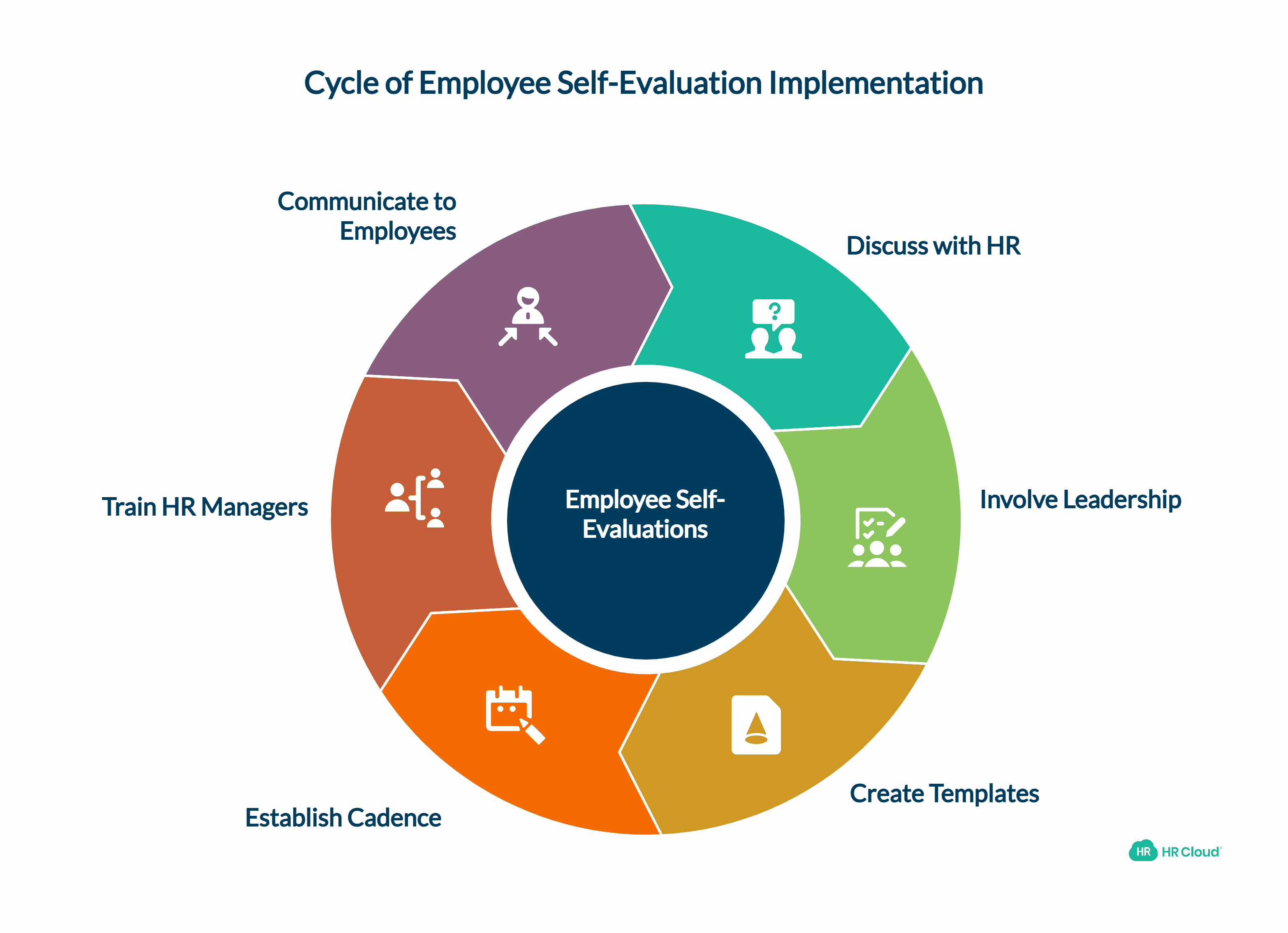
If you haven’t used employee self-evaluations yet, we recommend starting by discussing the idea with your HR team. Chances are good that HR has valuable experience in this area and is likely to turn your good idea into an even better practice.
Additionally, you may want to include the leadership team in these early discussions about employee performance reviews.
For example, it's generally a good idea to let them know that this will be happening, but also to give them the opportunity to add additional ideas or even their own requests. If executives are not sure about using employee self-assessments, you can use this as an opportunity to compare the benefits of this approach, the opportunity it presents, and describe in specific detail how the entire performance appraisal process would be implemented.
You may also convince the leadership team to participate in the process in a high-profile way that demonstrates their buy-in and support. This helps send the message that "this is important" and encourages employees to take part in the self-evaluation process.
Once you're committed to going forward, you should create a self-evaluation template, which may even consist of forms, questions, and templates for each position. These resources should include suggested questions to ask, areas to cover, and self-evaluation examples to help employees envision what the ideal self-evaluation looks like.
You should also establish the evaluation cadence. While many companies default to the once-a-year annual review, many other companies see the value in asking employees to complete self-evaluations on a bi-annual or even quarterly basis to promote continuous feedback.
Train HR managers who will conduct the employee performance reviews. This is important to know what to look for, create baselines for reactions, how they can constructively process the information in the self-evaluation, and finally, how they can collaborate with the employee to focus on improving in the next time frame.
Finally, you may want to plan how you'll communicate this information to all of your employees. You may want to hold an all-hands meeting and support the news with information in your portal or employee communication platform. Give them a chance to ask questions, hear any concerns, communicate the value (that it's in their best interests), and more.
HR Cloud Can Help
HR Cloud offers a full suite of HR solutions, including specific applications to help manage employee performance and conduct more effective performance reviews. To see how we can help improve your performance management process—with employee self-evaluations or other HR processes—request a brief, no-obligation demo of HR Cloud today.
By implementing a comprehensive self-evaluation process as part of your overall performance management strategy, you can create a more engaging and productive performance conversation. This approach not only enhances the quality of your annual performance reviews but also contributes to ongoing employee development and performance improvement throughout the year.
 Discover how our HR solutions streamline onboarding, boost employee engagement, and simplify HR management
Discover how our HR solutions streamline onboarding, boost employee engagement, and simplify HR management

Keep Reading
From Manual to Automated: A Complete Guide to Digitizing Employee Onboarding for Large Organizations
Sarah Chen, Director of HR at a 7,000-employee healthcare organization, starts her Monday
Enterprise HR Software in 2025: Why Traditional Enterprise Platforms Fall Short and What Actually Works
Traditional enterprise human resources software systems promise comprehensive solutions
AI in Onboarding: Complete Guide for 2026
You’ve probably been hearing this multiple times a day — AI is transforming HR. But
Like What You Hear?
We'd love to chat with you more about how HR Cloud® can support your business's HR needs. Book Your Free Demo

Build a Culture of Recognition. Boost Engagement. Guaranteed.
Workmates empowers employees to stay informed, connected, and appreciated—whether they’re on the front line, in the office, or remote. Recognition drives 12x higher engagement.Trusted by industry leaders in every sector




Cut Onboarding Costs by 60%.
Take the confusion and follow-ups out of onboarding with automated workflows, digital forms, and structured portals—so new hires ramp faster 3X quicker.Trusted by industry leaders in every sector




